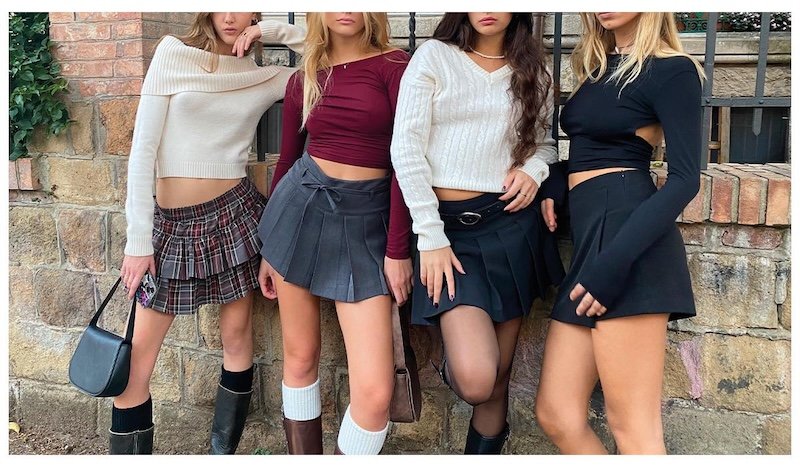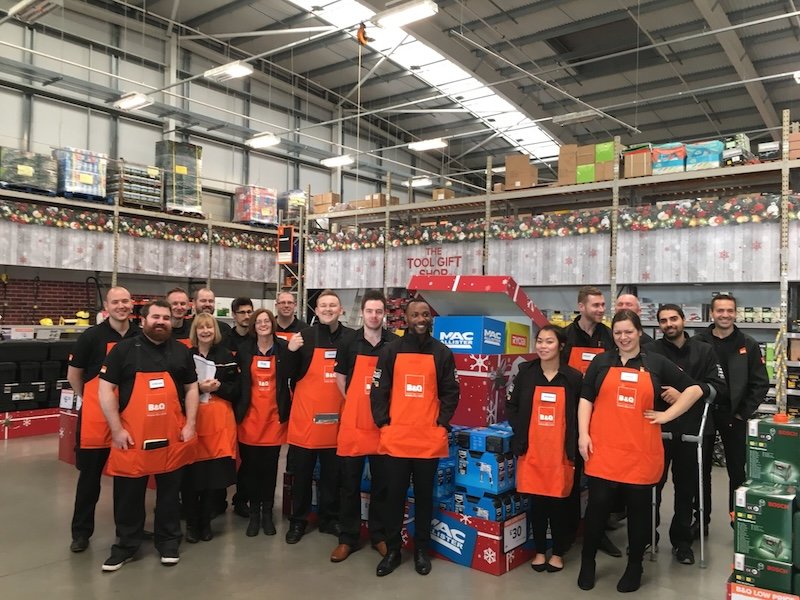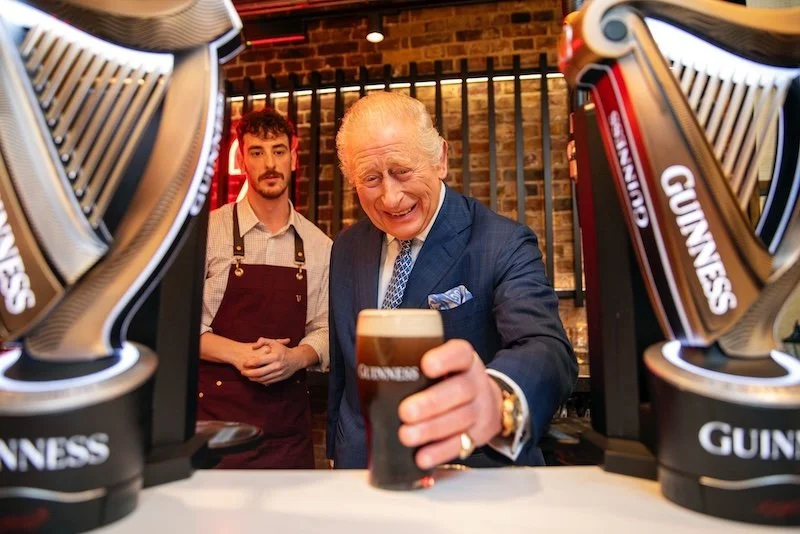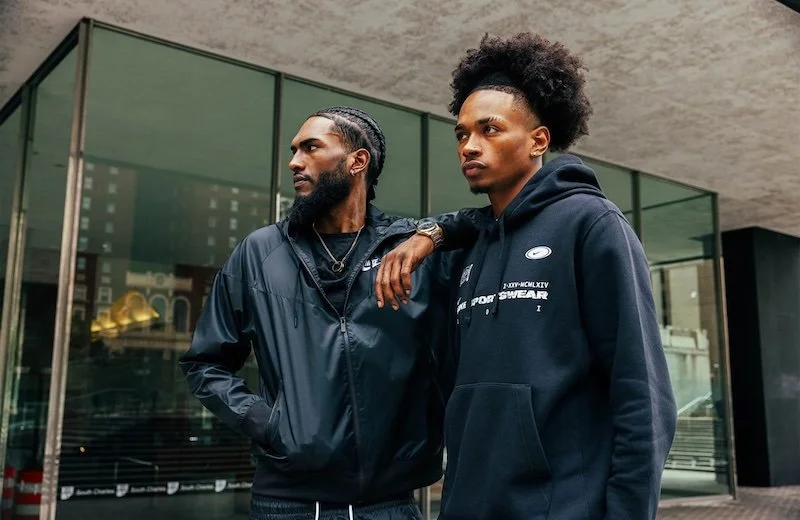WRAP flags price of fast fashion addiction as pressure builds on UK second hand clothing market
New research from WRAP, a climate action NGO, shows that 49% of people are putting all used textiles in the rubbish bin.
On average, each person in the UK throws 35 items of unwanted textiles straight into general waste every year.
Meanwhile, the textiles that do get donated responsibly have plummeted in price due to saturation of low quality fast fashion on the market, resulting in less income for reuse and recycling sectors.
WRAP is urging key partners across brands, retailers, investors and governments to support the UK’s textiles reuse and recycling sector through grants, investment and legislation so our unloved clothes can catalyse a more circular fashion ecosystem.
A WRAP report reveals that the UK bought 1.42 million tonnes of textiles in 2022. In the same year, we generated almost exactly the same amount of clothes passed on - 1.45 million tonnes of used textiles.
Its most recent estimates point to the UK discarding 711,000 tonnes of post-consumer textiles into residual black bins and general waste at Household Waste Recycling Centres (HWRCs). This is the equivalent of almost 30,000 shipping containers full of cast-off fashion and home textiles items a year.
Of this, evidence from WRAP’s new Waste Hotspots Report found that in England alone, 613,000 tonnes of post-consumer i.e. household textile waste were disposed through household residual waste bins and residual waste banks at Household Waste Recycling Centres (HWRCs).
84% of that material was incinerated with energy recovery and 11% sent to landfill. This represents a key concern for an industry with circular economy ambitions.
WRAP warns a perfect storm is brewing, with more post-consumer clothing coming onto the second hand market and the presence of more fast fashion and low quality items impacting on the profitability of the centuries old markets that trade in second hand clothing and textiles.
It says that the UK doesn’t have sufficient infrastructure to accommodate all the clothing and textiles that are being discarded and that recycling and reuse organisations need urgent support to avoid sending textiles waste to landfill. It also highlights the need for improved design to make clothes more durable.
Its data shows that while we bought less new textiles products between 2019 and 2020, consumption figures have now crept back up to near pre-Covid levels, meaning the UK consumes more clothes per head than any other country in Europe. The sheer scale of used textiles in the UK is hugely worrying.
Traditionally, the responsibility of finding onwards markets for used textiles (as well as pre-consumer textiles stock such as unsold, surplus and faulty/damaged stock and returns), has been left with the reuse and recycling sector.
The sector that collects and handles used textiles is very small but has had to cope with a 57.5% reduction in price per tonne for textile banks, and 41% reduction for charity shops in the last ten years, without accounting for inflation.
WRAP’s research shows that the value of recovered textiles from textile banks and charities has fallen massively over the last decade.
The 2023 figures stood at £172.5 per tonne for textile banks and £255 per tonne for charity shops, while a decade earlier, 2013 figures were more than double at £406 per tonne for textile banks, and significantly higher at £432 per tonne for charity shops.
The reuse and recycling sector suggests that the price drop is primarily due to the high volume of lower quality clothing.
Further to recent sector warnings and current market dynamics, reuse and recycling businesses have been struggling with lower quality goods, increased operational costs and reduced access to labour, making it increasingly difficult for businesses to survive.
Harriet Lamb, CEO at WRAP, says: “We’re all buying too many new items and then putting too many clothes in the waste bin consigning them to landfill or incineration.”
“These are valuable resources, not waste. We should be giving to charity shops who rely on the income, selling on e-commerce, repairing or sharing – anything but the bin.”
“But we also need to support those recycling our pre-loved clothes. Our reports show that fast fashion and low quality clothing are flooding the market, strangling efforts to make our clothing more sustainable. In the end, we are paying a heavy price for our addiction to cheap clothes.”
“The waste, recycling and reuse sectors are under immense pressure. The UK is fortunate to have an existing infrastructure for textile collections that’s existed for generations. To risk losing their knowledge and expertise would be a tragedy. We need action now so that we don’t let this vitally important sector crumble.”
WRAP is calling on people not to throw their unwanted clothing items in the bin but to donate through readily available collection avenues like textile banks, charity shops, and retailer takeback or sell online preloved marketplaces.
It wants brands, retailers, investors and governments to urgently fund the sector and sees a vital need for phased policy intervention, as well as the design of clothes to durability and for industry to embrace circular business models.
Alan Wheeler, CEO at the Textiles Recycling Association, comments: “The quality of fashion is declining and the mass of textiles products put on the market is increasing.”
“We are also in a current situation where the global used textile industry is in a dire situation, warehouses are full, collections are grinding to a halt, demand in the main global markets is being hugely disrupted, trade has dropped off a cliff, and news of layoffs and rumours of closures are a daily occurrence.”
“This current situation coupled with the findings of the new Textiles Market Situation Report show why we need serious interventions and support from government and industry through policies such as EPR, product standards and minimum recycled content in new products.”






























Continue reading…